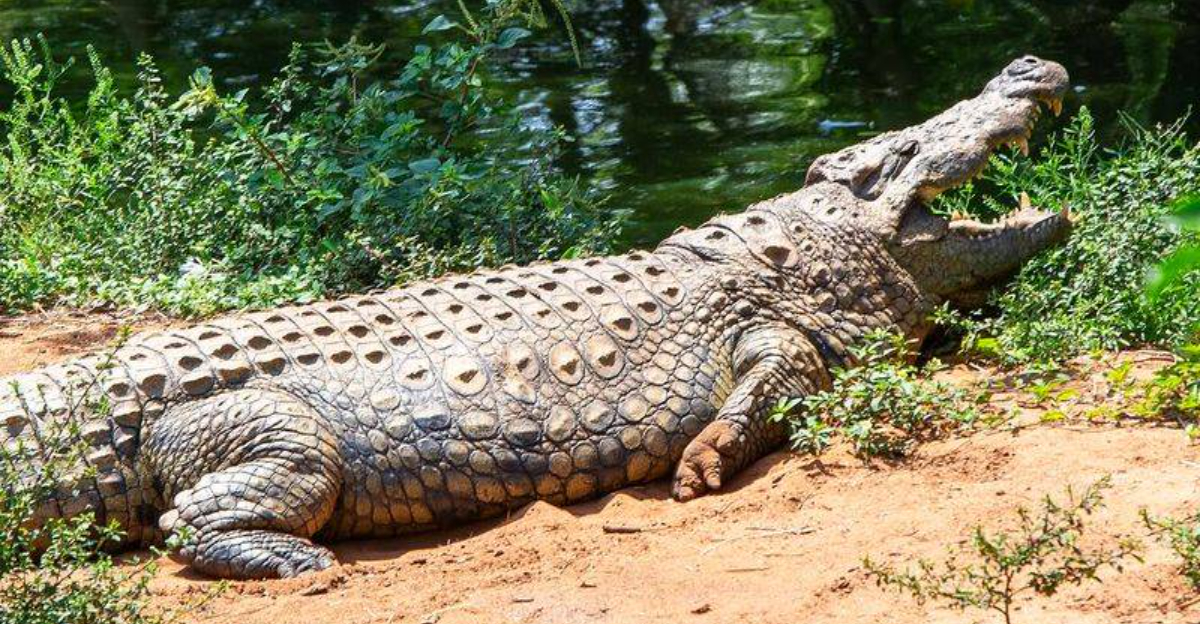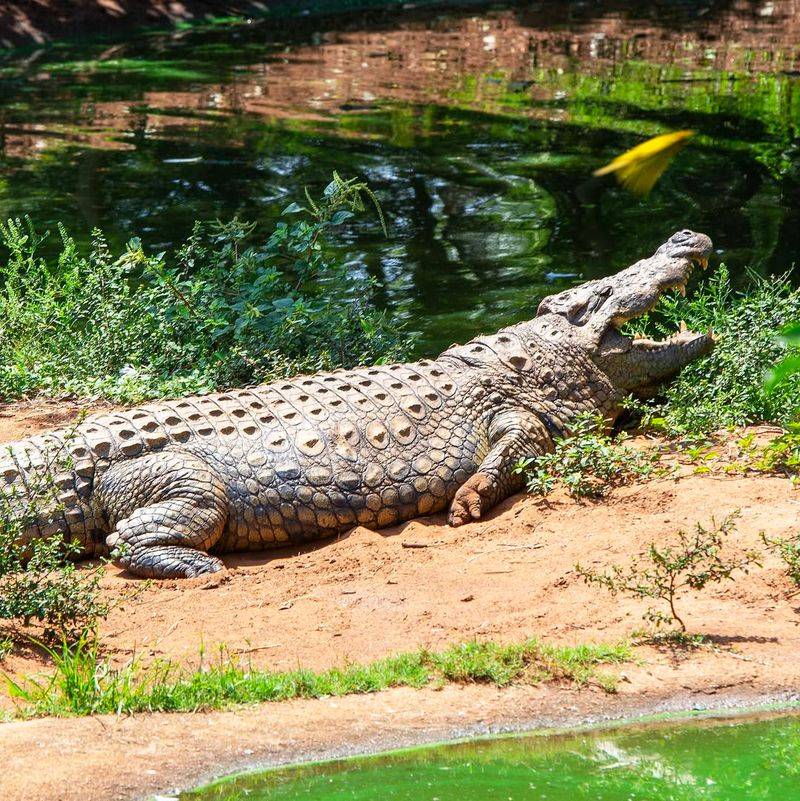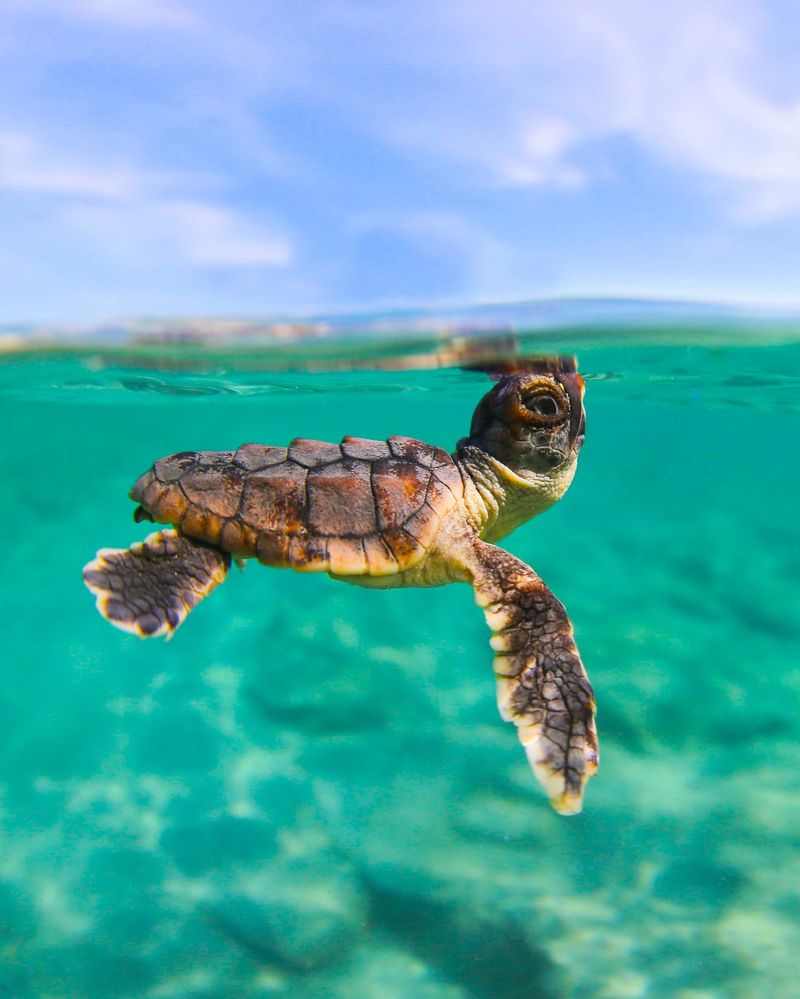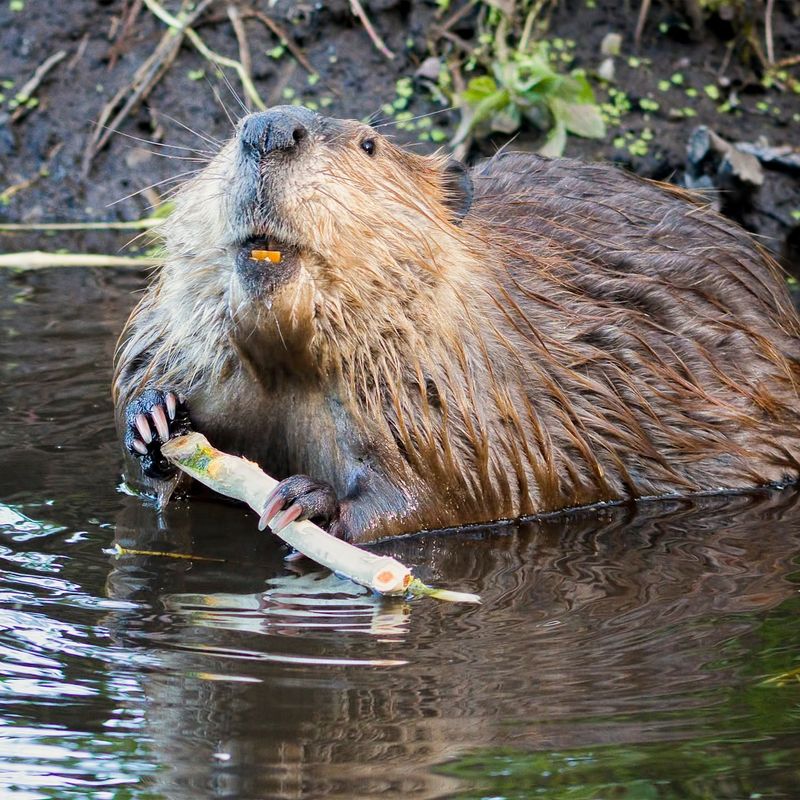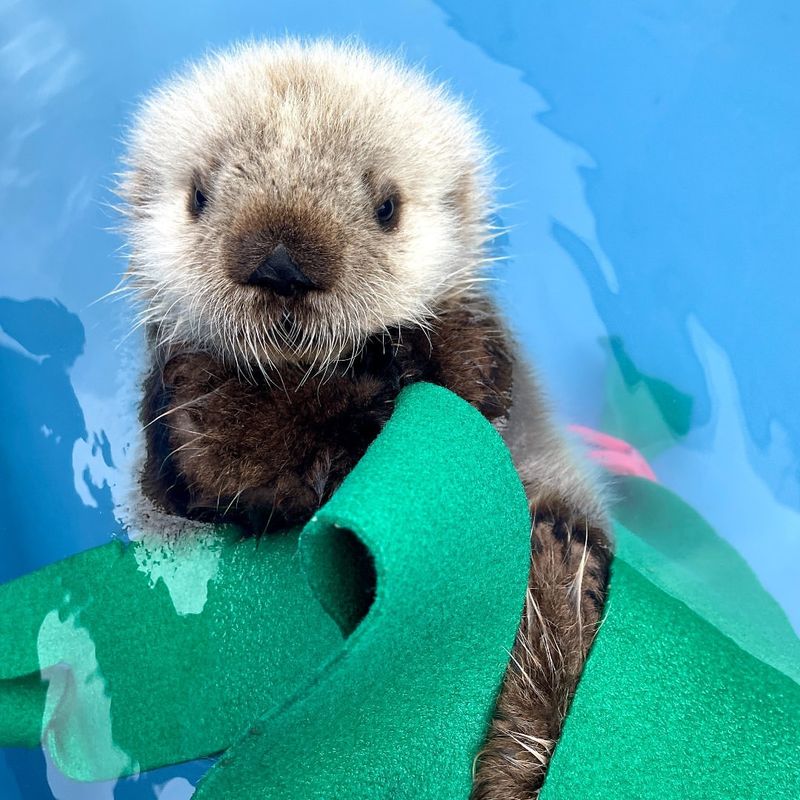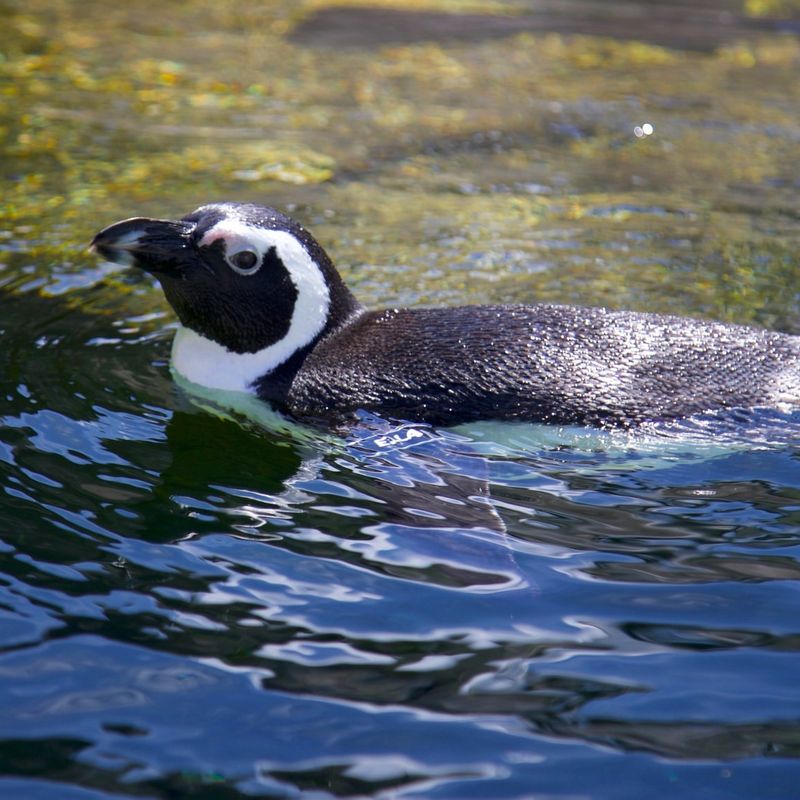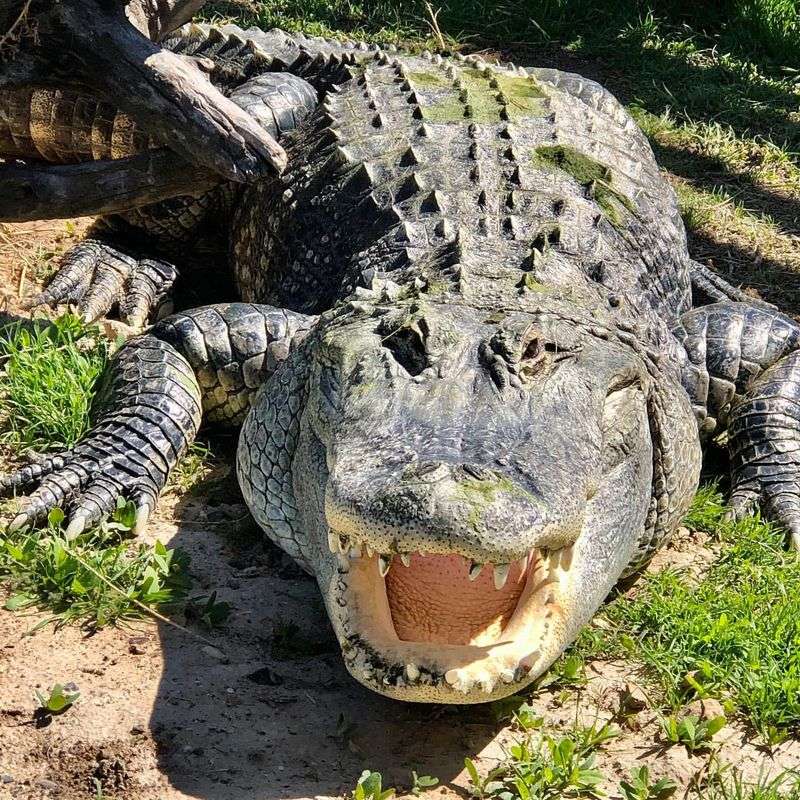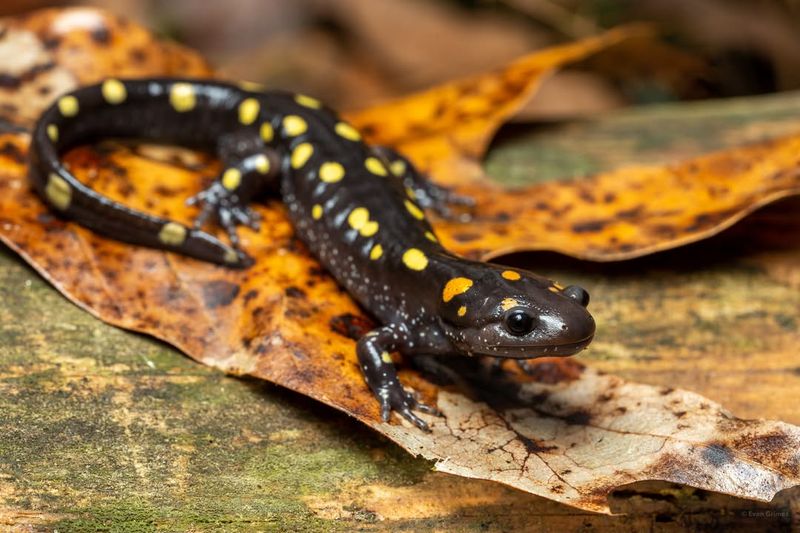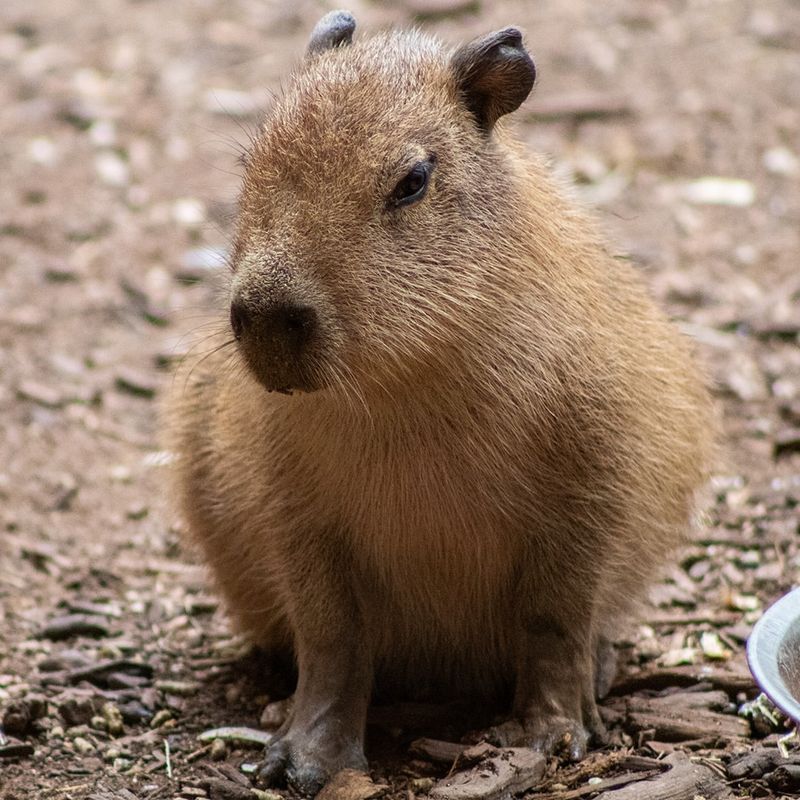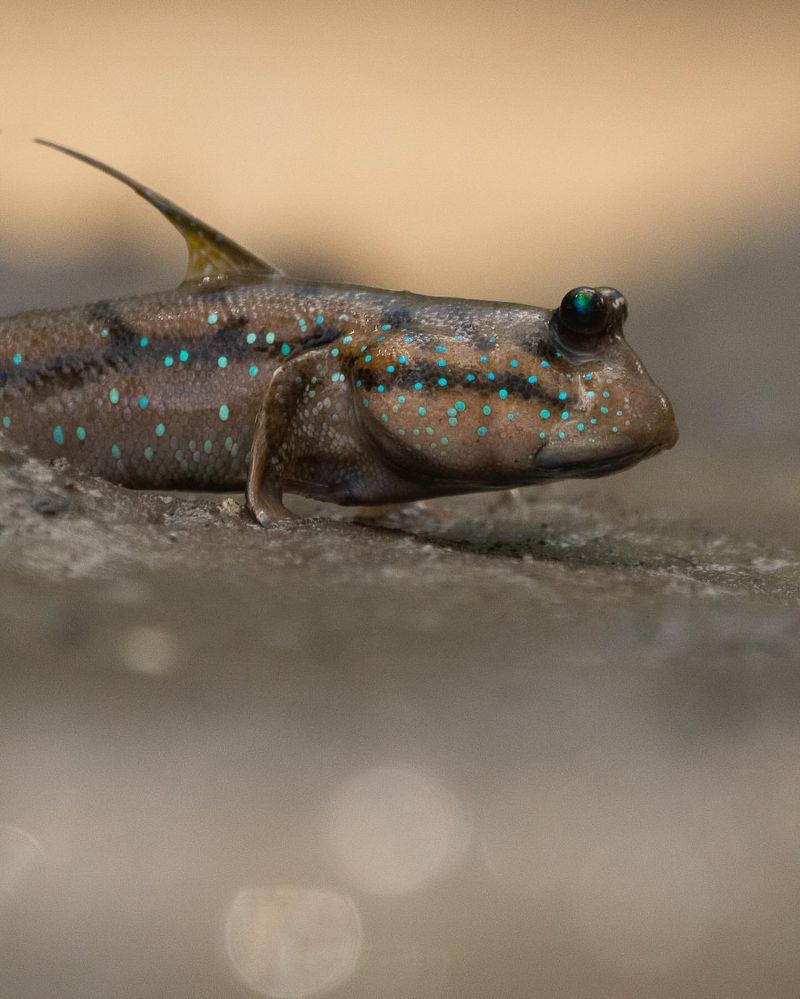📖 Table of Content:
Amphibious animals possess the rare ability to navigate both land and water with ease, reflecting nature’s adaptability and ingenuity. Their dual existence allows them to escape predators, find food, and reproduce in diverse environments. From stealthy hunters to agile swimmers, these creatures exemplify the beauty of life that thrives at the intersection of two worlds.
Frogs, salamanders, and certain reptiles are well-known amphibious species, but other animals, such as semi-aquatic mammals and insects, also share this remarkable trait. Each has developed specialized features like webbed feet, permeable skin, or powerful tails that help them survive and flourish in their respective habitats. These adaptations highlight the evolutionary marvels that enable life to span multiple ecosystems.
Let’s highlight 10 fascinating amphibious animals and the unique traits that allow them to thrive between land and water. Their stories offer insight into the resilience and diversity of life, celebrating the creatures that bridge the gap between two realms.
1. Frogs
Thriving on both land and in water, frogs epitomize the adaptability of amphibians. Their permeable skin allows them to absorb water and oxygen, making them well-suited for aquatic life. On land, their powerful hind legs enable remarkable jumping abilities. Found across the globe, frogs have adapted to environments ranging from tropical rainforests to arid deserts.
Their life cycle begins in water as tadpoles, undergoing metamorphosis to become land-capable adults. These fascinating creatures play a crucial role in ecosystems, controlling insect populations and serving as indicators of environmental health. Frogs truly embody the concept of living in two worlds.
2. Crocodiles
Crocodiles are among the most ancient and formidable predators, perfectly adapted for life both in water and on land. With powerful tails and webbed feet, they are agile swimmers, capable of stealthily approaching prey. On land, they bask in the sun, regulating their body temperature. Their unique physiology allows them to hold their breath underwater for extended periods, a crucial adaptation for hunting.
Crocodiles inhabit tropical regions, thriving in freshwater and saltwater environments. These reptiles are apex predators, playing a vital role in their ecosystems by maintaining healthy populations of fish and other aquatic species.
3. Turtles
Remarkable for their distinctive shells, turtles are reptiles that find protection both on land and in water. Sea turtles, spending much of their lives in the ocean, migrate across vast distances. When it’s time to lay eggs, female turtles return to sandy beaches, highlighting their connection to both aquatic and terrestrial habitats.
Freshwater turtles inhabit rivers and lakes, while tortoises prefer terrestrial environments. Their adaptability is key to their survival, allowing them to thrive in diverse ecosystems. Turtles play an important role in maintaining ecological balance, contributing to nutrient cycling and serving as prey for larger animals.
4. Beavers
Industrious and skilled, beavers are renowned for their ability to reshape landscapes and create aquatic habitats. Using logs and mud, they construct dams that form ponds, providing a safe environment where they thrive. On land, their powerful teeth allow them to skillfully cut down trees as they forage for wood.
Their webbed feet and waterproof fur make them excellent swimmers, while their dexterous front paws aid in building. Beavers’ activities enhance biodiversity by creating wetland ecosystems that support a wide range of species. These remarkable creatures exemplify the harmonious balance between terrestrial and aquatic life, showcasing nature’s ingenuity.
5. Otters
Playful and agile, otters are mammals that thrive in aquatic environments. Their streamlined bodies and webbed feet make them expert swimmers, effortlessly catching fish. On land, they display curiosity and agility as they explore their surroundings. From rivers and lakes to coastal areas, otters adapt to a variety of habitats.
Otters are social animals, often seen playing and grooming in groups. Their presence indicates healthy ecosystems, as they rely on clean water sources and abundant fish populations. Through their playful antics and vital ecological roles, otters captivate our imagination and highlight the importance of conserving aquatic habitats.
6. Penguins
Flightless and expertly adapted to cold, aquatic environments, penguins thrive as remarkable swimmers and divers. Their streamlined bodies and strong flippers enable them to catch fish and krill with ease. On land, they waddle charmingly, often using their wings for balance. Primarily found in the Southern Hemisphere, penguins inhabit icy regions such as Antarctica.
They breed and raise young on land, often forming large colonies. Penguins’ distinctive black and white plumage provides camouflage both in water and against the icy landscape. These charismatic birds remind us of the delicate balance of life between land and sea.
7. Alligators
Formidable and versatile, alligators thrive in swampy areas, seamlessly navigating both water and land. Broad snouts and muscular tails make them efficient swimmers, while their powerful jaws establish them as fearsome predators. On land, they bask in the sun to regulate their body temperature, embodying the resilience of reptiles.
Alligators inhabit the southeastern United States, primarily in freshwater environments like rivers and marshes. They play a critical role in their ecosystems by controlling fish and turtle populations. Alligators’ dual nature and adaptability make them fascinating creatures that symbolize the blend of aquatic and terrestrial life.
8. Salamanders
Salamanders are amphibians that thrive in moist environments, bridging the gap between land and water. With slender bodies and smooth skin, they absorb moisture and breathe through their skin, essential for survival in their varied habitats. Salamanders are found worldwide, from damp forests to arid regions.
Their life cycle often involves aquatic larval stages, with adult salamanders capable of terrestrial life. They play crucial roles in ecosystems, controlling insect populations and serving as food for predators. Salamanders’ unique adaptations and life cycle highlight the intricate balance of living between two worlds.
9. Capybaras
As the world’s largest rodents, capybaras are well-adapted to a semi-aquatic lifestyle, thriving near water bodies in South America. Their webbed feet and dense fur allow them to swim effortlessly, while their social nature leads them to gather in groups, fostering strong bonds in both land and aquatic environments.
On land, capybaras graze on grasses and plants. Their proximity to water is crucial for escaping predators and regulating body temperature. Capybaras play an essential role in their ecosystems by dispersing seeds and maintaining vegetation balance. These gentle giants exemplify the seamless integration of land and water living, showcasing nature’s adaptability.
10. Mudskippers
Thriving in intertidal zones, mudskippers defy traditional aquatic boundaries by living where land meets water. Their fins, adapted for crawling, help them navigate muddy shores, while eyes positioned atop their heads offer a broad view. Breathing through both skin and gills, they effortlessly transition between underwater and terrestrial environments.
They inhabit mangrove forests and estuaries, playing a role in nutrient cycling and ecological balance. Their remarkable adaptations and behavior challenge our understanding of fish, embodying the concept of life between two worlds. Mudskippers inspire curiosity and appreciation for nature’s ingenuity.
